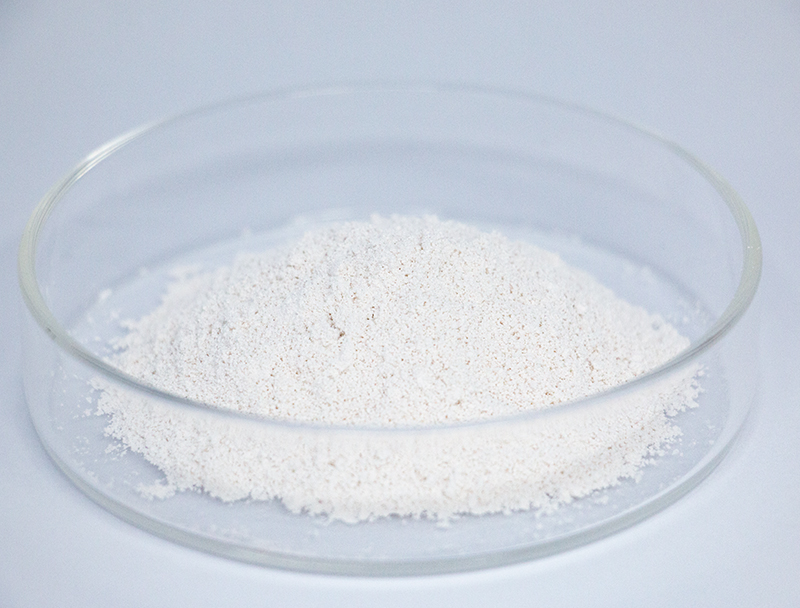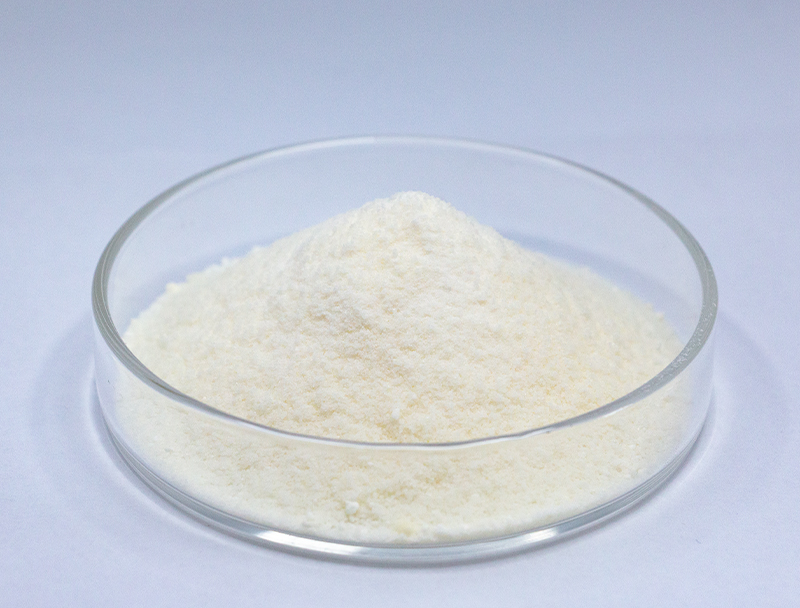
Large-scale bioproduction hinges upon a plentiful suite of base components to yield progressive bio-based commodities.
Safeguarding the sustainable sourcing of these resources forms the foundation of durable, responsible industrial growth.
diverse obstacles inherent in legacy sourcing approaches such as soil erosion and unchecked resource extraction. Hence, industry players ought to pursue innovative supply solutions to lower carbon burdens.
- Instances of green procurement approaches are:
- Integrating compostable agricultural waste into supply chains
- Implementing closed-loop systems to minimize waste and maximize resource efficiency
- Building relationships with nearby vendors dedicated to moral sourcing
Moving toward responsible sourcing creates ecological improvements and economic resilience.
Optimizing Biomass Feedstocks for Enhanced Biofuel Production
Advancing fuel production depends on feedstock consistency and composition. Researchers repeatedly investigate innovative methods to enhance feedstock potential, resulting in superior production volumes and sustainable energy gains. Efforts pair genetic enhancement for feedstock abundance with advanced pretreatment to produce usable sugars.
- In addition, projects pursue feedstocks like algae, waste fractions, and harvested residues to enlarge the selection of eco-friendly biomass for bioenergy.
- Through these continuous efforts, the field of biofuel production is poised to make significant progress in the coming years, paving the way for a more renewable energy landscape.

Biopharmaceutical Production: Innovations in Upstream Processes
represents the initial stages of biopharmaceutical manufacturing, encompassing all steps from cell culture and cell harvesting Modern progress within the sector has contributed to more efficient processes and higher production.
Pivotal enhancements embrace high-performance cell lines, balanced media compositions, and intelligent reactor control systems. These developments raise yield and cut costs as well as diminish environmental consequences.
- Likewise, the move to continuous systems facilitates better adaptability and streamlined upstream production.
- Embracing sophisticated manufacturing strategies is poised to change industry norms and shorten development cycles.

Next-Gen Gene Editing for Enhanced Protein Expression
innovations in genome-editing toolsets have enhanced biopharmaceutical manufacturing. Using precise gene interventions, engineers raise the output of key therapeutic proteins. Such strategies offer promise to create cost-effective, high-efficiency therapeutics across many disease areas.
Leveraging Microbes to Tackle Environmental Pollution
promising microbial strategies enabling effective environmental cleanup and restoration. Microorganisms possess the remarkable ability to degrade and transform harmful pollutants into less toxic substances.. Using microbial biotechnology enables remediation strategies that balance effectiveness with ecological protection. Researchers screen diverse microbial taxa for metabolic pathways suited to remove heavy metals, pesticide residues, and hydrocarbon contamination.. Such organisms are usable in treatment systems or applied directly to soils and waters to drive biodegradation of contaminants..
Using microbes for cleanup carries distinct advantages compared with chemical or physical remediation approaches. Microbial remediation can cut expenses and limit harmful secondary emissions. Also, microbial interventions offer targeted remediation that minimizes collateral ecosystem disturbance. Ongoing innovation aims to boost the throughput and efficacy of microbe-driven remediation approaches.
Data-Driven Approaches for Therapeutic Development
Computational biology approaches are becoming vital across contemporary drug R&D. From predictive screening to lead refinement, computational biology underpins more efficient drug pipelines.
- By analyzing vast datasets of genomic, proteomic, and clinical data, bioinformaticians can uncover novel drug targets and predict the activity of potential therapeutics.
- Furthermore, computational modeling of drug–target interactions aids rational design of higher-performing therapeutics.
- Ultimately, informatics is transforming R&D and shortening timelines to deliver safe, efficacious therapies to patients.
Synthetic Biology Routes for Elevated Bioproduct Synthesis
integrates multiple methods to augment cellular production of target bioproducts. Programs use genetic redesign of metabolic networks, dynamic regulation of expression, and addition of heterologous genes to unlock new capabilities. By optimizing cellular networks, developers can substantially boost target bioproduct output.
This wide-ranging tactic can overhaul industries spanning medicine, agriculture, and energy production.

Challenges and Opportunities in Scaling Up Biopharmaceutical Production
Transitioning to higher volumes entails serious complications and potential rewards. Preserving batch-to-batch quality when scaling up is a key challenge. Tackling it demands tightly integrated control systems, precise surveillance, and state-of-the-art analytics.

One issue is the complexity of biopharmaceutical manufacturing processes, which often involve multiple steps.. Optimizing these processes for large-scale production can be a complex undertaking, requiring extensive research and technological innovation.. Yet, the returns can be substantial. Proper scaling can increase therapy supply, reduce expenses, and elevate profitability.
Different initiatives are progressing to solve scale-up constraints. Efforts include process-digitization tools, integrated analytics for monitoring, and fresh manufacturing paradigms.
- Development efforts are also playing a crucial role in advancing biopharmaceutical production capabilities.
- Authorities are revising processes to enable faster clearance of manufacturing innovations and encourage progress.
Charting Regulatory Pathways for Biologics to Safeguard Patients
Producing biopharmaceuticals demands comprehensive oversight to guarantee safety and clinical effectiveness. Products of biological origin introduce specific challenges that differ from standard drug development.
Bodies like FDA and EMA shape the regulatory landscape and set benchmarks for evaluating innovative therapies..
Rigorous testing protocols are mandatory throughout the development lifecycle, from pre-clinical research to post-market surveillance.. Those requirements help reveal risks and confirm that biologics satisfy stringent safety criteria..
Similarly, regulators iteratively adjust approaches to accommodate emerging biopharmaceutical breakthroughs.. This includes embracing novel technologies and facilitating the development process while maintaining a commitment to patient well-being.

Plant-Origin Feedstocks in the Production of Bioplastics
The growing need for sustainable materials has led to a surge in research and development of renewable options. Using plant feedstocks to make bioplastics gives a promising direction for sustainable material development. Biomass sources such as cornstarch, cellulose, and sugarcane are usable to produce plastics that biodegrade and reduce ecological impact.
Furthermore, these bioplastics often possess comparable properties to their petroleum-based counterparts, making them suitable for a wide range of applications.. Persistent innovation will be key to advancing plant biomass into mainstream bioplastic manufacturing for a circular future.
Biotechnology Driving Advances in Health and Agricultural Stability
Emerging biotechnologies deliver avenues to improve health outcomes and secure food resources. By applying gene editing, synthetic biology constructs, and cellular therapies, scientists create tools to fight disease, raise yields, and boost nutrition.. Consider genetically enhanced crops that resist pests and environmental stresses to improve production and reduce pesticide reliance.. Furthermore, biotechnology supports creation trans-Cinnamic acid of vaccines, therapeutic agents, and advanced diagnostics that strengthen responses to infectious threats and enhance health outcomes.. Going forward, advancements in biotechnology are likely to yield interventions that improve health and advance sustainable food systems globally.
